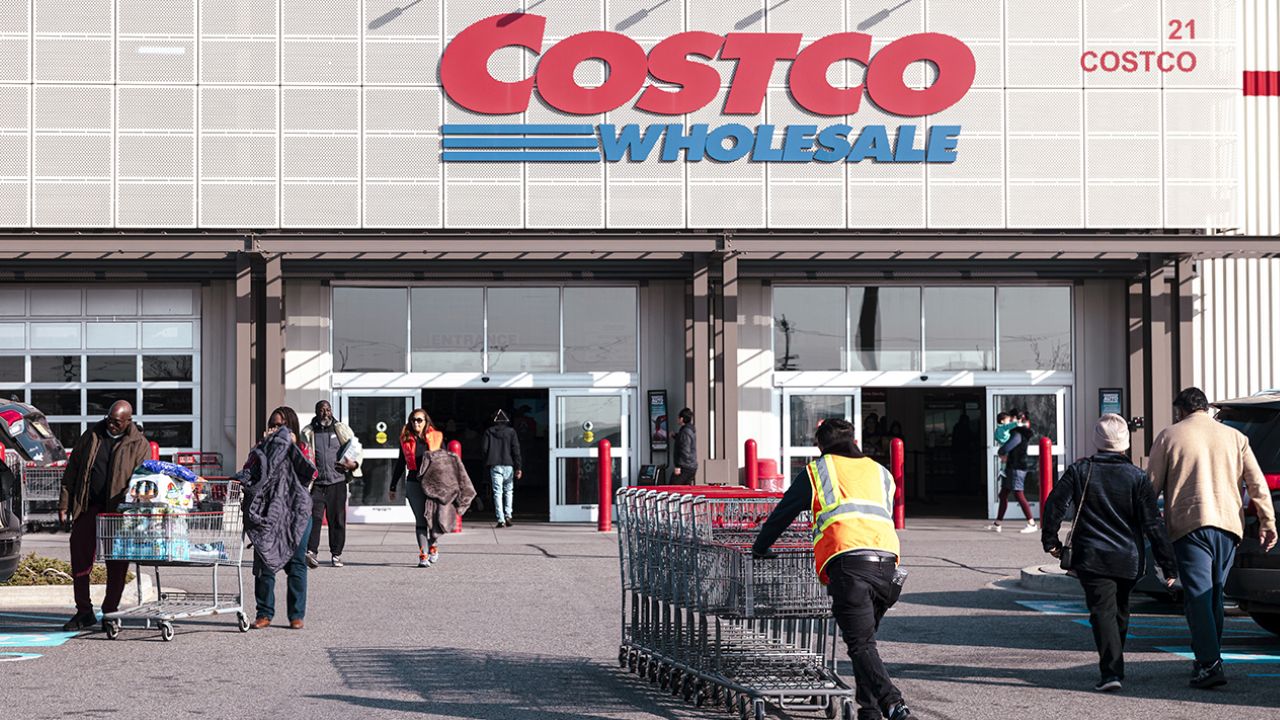The first week of November always carries a certain edge-of-the-seat energy for America’s lowest-income households — a quiet countdown that has nothing to do with turkey or travel deals. It’s SNAP week. And if you talk to families in grocery store parking lots from Fresno to Tallahassee, they’ll tell you the same thing: those EBT deposits decide what the cart looks like. The USDA has now confirmed that November 2025 payments are arriving right on schedule, no hiccups, no federal delays. But tucked behind that reassuring headline is a policy change rolling out this month — one that could reshape who stays eligible for food assistance heading into 2026.
When November SNAP Deposits Will Hit Accounts
Every state runs SNAP its own way, and that includes when the money actually drops. The federal government sets the rules, but state agencies control the calendar. Most states follow a 1st–20th rhythm, pegging the deposit date to case numbers, Social Security digits, or county codes. It’s a system that’s predictable — until a holiday or system maintenance weekend throws in a curveball.
Here’s a quick look at how November tends to play out across some of the country’s biggest SNAP programs:
| State | November Deposit Window | How It’s Determined |
|---|---|---|
| California | 1st–10th | Last digit of case number |
| Texas | 1st–15th | Last two digits of EDG number |
| Florida | 1st–28th | 9th and 8th digits of case number |
| New York | 1st–9th | County-based |
| Illinois | 1st–20th | Case number or SSN |
| Georgia | 5th–23rd | Last two digits of ID number |
If you’re ever unsure whether a date shifted because of a holiday — it happens — your best bet is to check your state portal or the USDA’s own directory at fns.usda.gov/snap/state-directory. It updates far more reliably than social media rumor mills.
The Quiet Rule Change Taking Effect This Month
November 1 didn’t just kick off a fresh round of deposits — it triggered one of the biggest eligibility shake-ups in years. Buried inside the sweeping One Big Beautiful Bill Act (OBBBA), passed earlier in 2025, is a reboot of work requirements for able-bodied adults without dependents, or ABAWDs.
Here’s the topline: If you’re 18 to 64, have no children, and don’t meet an exemption, your SNAP benefits now run on a three-month clock within a 36-month period — unless you can show you’re hitting the work or training marks.
The rules themselves haven’t changed much on paper. What has changed is enforcement.
| Category | Old Rule | New Rule (Nov 2025) |
|---|---|---|
| Work/Training Requirement | 80 hrs/month | 80 hrs/month with strict verification |
| Covered Group | Adults 18–52 | Adults 18–64 |
| Waivers | Region-based flexibility | Sharply limited nationwide |
| Exemptions | Broad discretion | Must be documented and renewed |
Under OBBBA, states must enforce these standards statewide, ending the pandemic-era waivers that gave local agencies room to adapt during high unemployment periods. Even the USDA, via the Food and Nutrition Service, warned states earlier this year that compliance would be “administratively intensive” — bureaucratic code for “this could get messy.”
Who Still Gets Exempted
The work rules aren’t for everyone, and many households won’t notice any difference. The updated restrictions mainly target adults considered healthy enough to work and not responsible for children.
Exemptions still apply to:
- Pregnant individuals
- People with disabilities or medical limitations (doctor’s note now required)
- Primary caregivers for children or incapacitated adults
- Homeless individuals, though states are tightening the paperwork here too
- Older adults near retirement age in states with transitional grace periods
The kicker? All exemptions must be verified and renewed regularly. Miss a letter, skip an email, or misplace a form, and your case can close after 90 days. For people juggling unstable housing, temp jobs, and transportation gaps, that can be a brutal ask.
A Fresh Political Fight in Washington
If you feel like you’ve heard this debate before, you have. Work requirements have been the political football of food assistance for decades. This time, though, the stakes are higher because the rules tighten just as inflation remains sticky and many communities still haven’t seen full post-pandemic job recovery.
Supporters argue the policy nudges people toward the workforce and reduces long-term reliance on federal aid. One Senate sponsor put it bluntly during the OBBBA floor debate: “SNAP should be a bridge, not a lifestyle.”
Critics hear that and roll their eyes. Advocates warn that work requirements don’t magically create jobs, buses, childcare, or medical access. “Cutting someone off after 90 days doesn’t create jobs — it just deepens food insecurity,” Kelly Rowe of the New York Anti-Hunger Coalition told me when I reached out this week.
And then there’s the implementation problem: states are short-staffed, tech systems are outdated, and verification backlogs already stretch weeks in some regions. The USDA’s own compliance memos — available through fns.usda.gov/snap — acknowledge that enforcing this at scale could be complex.
What SNAP Recipients Should Do Right Now
If you or someone in your family depends on SNAP, this is not the moment to assume everything will run business-as-usual. Even people who should be exempt might lose benefits simply because paperwork didn’t go through.
Here’s the ground-level checklist:
| Step | Action |
|---|---|
| 1 | Open every letter or email from your state SNAP office — deadlines are usually printed in the fine print. |
| 2 | Keep pay stubs, volunteer logs, or training records showing at least 80 hours per month. |
| 3 | Confirm your exemption status and upload required proof on time. |
| 4 | Update your mailing address, phone number, and email in the state SNAP/EBT portal. |
| 5 | If your benefits are reduced or stopped, file an appeal. Most states give you 90 days for a fair hearing. |
If you feel stuck or overwhelmed, local Legal Aid offices remain one of the best resources, along with the USDA’s national guidance hub at fns.usda.gov/snap.
Fact Check: Is This Linked to a $200 Social Security Boost?
A circulating link (including coverage at WestSide Voice LA) references a proposal to raise Social Security benefits by $200. That bill is unrelated to SNAP’s rule changes and has not been enacted into federal law. SNAP modifications for November 2025 come solely from OBBBA and confirmed USDA regulations, not Social Security legislation sources such as ssa.gov or any 2025 stimulus proposals.
FAQs
Are November SNAP payments delayed because of the new rules?
No. All November 2025 payments will arrive according to each state’s normal schedule.
What does “ABAWD” mean?
It refers to Able-Bodied Adults Without Dependents — adults aged 18–64 with no children and no medical limitations.
How many hours must I work or train to stay eligible?
At least 80 hours per month of paid work, approved training, or verified volunteer service.
Do exemptions last forever?
No. All exemptions now require periodic verification, and failure to renew can trigger case closure.



















